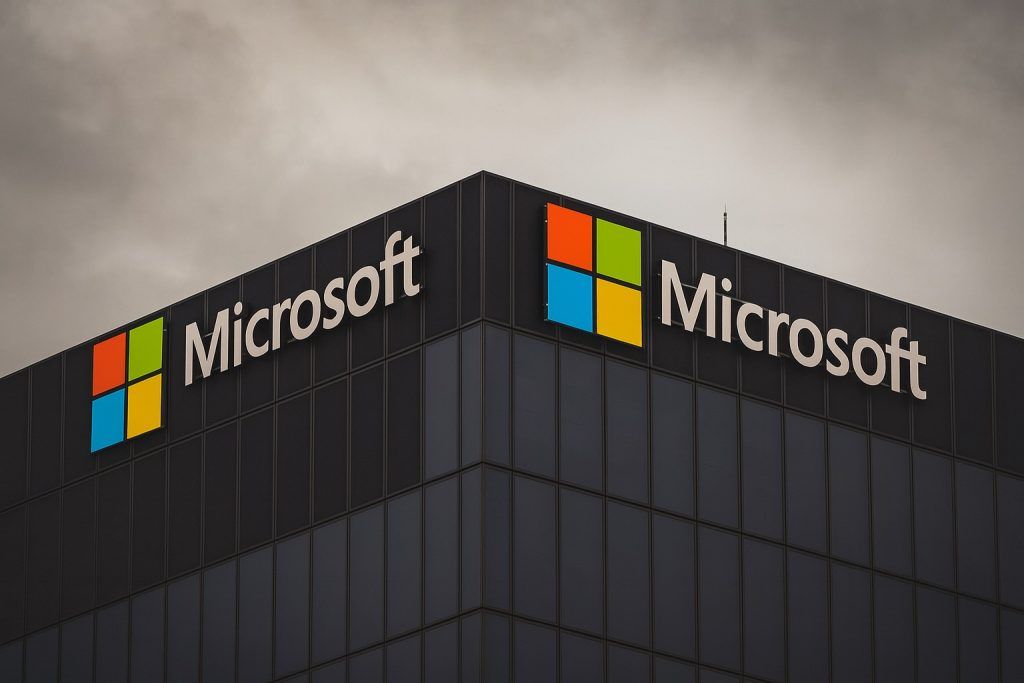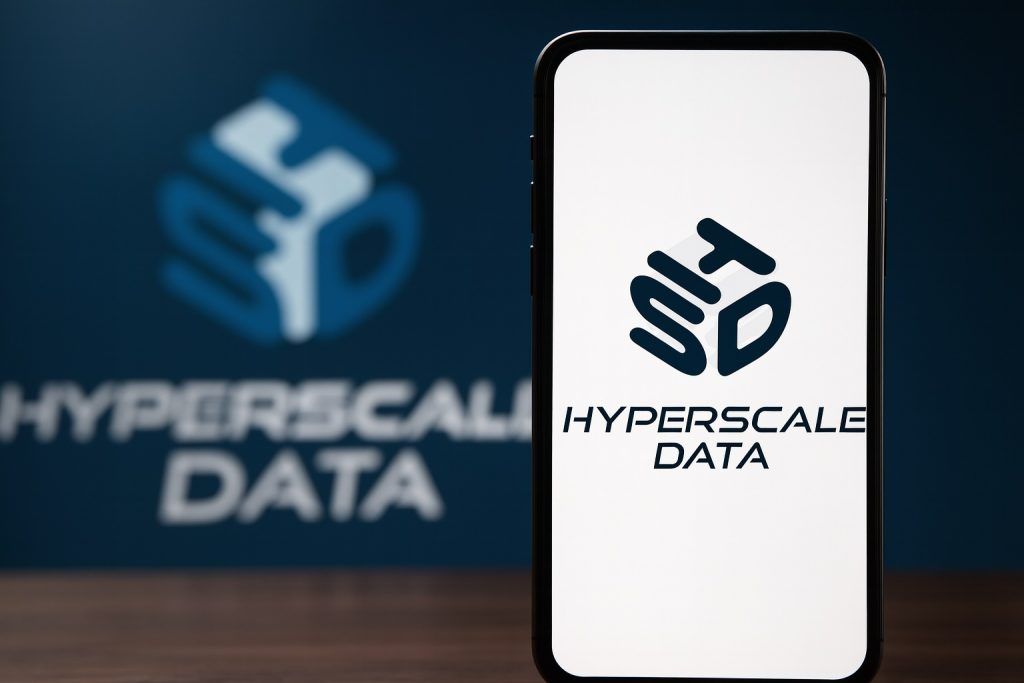- Massive credential trove exposed: A newly revealed data leak has left 183 million email accounts – including millions of Gmail logins – insecure, with both addresses and passwords spilled online [1]. The cache was not a breach of Google’s servers, but rather credentials stolen via “infostealer” malware on victims’ infected devices [2] [3].
- Breach happened in April, found in October: The theft occurred in April 2025 but was only added to the Have I Been Pwned (HIBP) breach database on October 21, 2025 [4] [5]. HIBP’s creator, Troy Hunt, says the leaked data was aggregated “from everywhere you could imagine” – a compilation of many malware thefts rather than one company hack [6] [7].
- Gmail accounts heavily impacted:Google’s Gmail users feature prominently in the 3.5-terabyte dump, though “all the major providers have email addresses in there… but Gmail always features heavily,” according to cybersecurity expert Troy Hunt [8]. Other services like Outlook, Yahoo, Apple, and Facebook accounts also appear in the logs, underlining the breach’s broad scope [9].
- No Google system hack – but take action: A Google spokesperson stressed that reports of a “Gmail breach” are inaccurate – Google’s infrastructure wasn’t compromised at all. Criminals stole passwords by logging keystrokes and data on personal computers via malware, not by cracking any Gmail servers [10]. Google urges users to enable 2‑step verification and even adopt passkeys (password alternatives) to secure accounts, and it has processes to reset passwords when large dumps surface [11].
- Protect yourself now:Anyone reusing a leaked password should change it immediately and set up two-factor authentication, experts say [12] [13]. You can check if your email was compromised by searching your address on HIBP’s website, which now indexes this incident among the 15+ billion accounts it tracks [14]. Despite the alarming headlines, Google’s parent company Alphabet has seen little fallout – its stock opened near an all-time high (~$270) this week [15], as investors recognize the breach stems from malware on users’ devices rather than any flaw in Google’s platforms.
Infostealer Malware Fuels a Mega-Breach
Cybersecurity officials are sounding the alarm after a massive trove of 183 million stolen account credentials was uncovered. Unlike a typical breach of a single database, this haul of email addresses and passwords came from malware “infostealer” campaigns that infected victims’ computers over time [16] [17]. When users logged into various websites – email, social media, banking, and more – the malware silently recorded their login keystrokes and saved passwords, funneling these details to cybercriminals.
The result is an enormous composite leak spanning countless online services. In total about 3.5 terabytes of data (mostly in plain text) were exposed, containing email-password pairs and even the specific websites where those credentials were used [18] [19]. This breach has been nicknamed the “Synthient Stealer Log Threat Data” after the Seattle-based cybersecurity firm Synthient LLC, whose researchers helped compile the stolen logs into a database for analysis [20]. According to Synthient, a student researcher spent a year trawling hacker forums and Telegram channels where infostealer logs are traded, gathering an unprecedented collection of credentials [21]. After de-duplicating repeated entries, 183 million unique accounts remained – including 16.4 million email addresses that had never appeared in any previous breach [22].
The popular breach-notification site Have I Been Pwned (HIBP) has now added this dataset to its searchable archive [23] [24]. HIBP’s founder Troy Hunt confirmed the breach occurred around April 2025 and was incorporated into HIBP on October 21 [25]. Hunt noted that the stolen records came from “everywhere you could imagine” – essentially a grab-bag of logins from innumerable sites, all compromised by infostealer malware rather than any single targeted hack [26] [27]. In other words, this is a mega-breach via aggregated malware logs: stealthy viruses that siphoned personal data from unwitting users en masse. Security experts say it may be one of 2025’s largest credential leaks, underscoring how infostealers have become a major engine of cybercrime [28].
Gmail Users Notably Affected, but Google Itself Unharmed
One reason this leak is making headlines is the high presence of @gmail.com accounts in the trove. Gmail is the world’s most popular email service – and indeed, “Gmail always features heavily” in dumps like this, Troy Hunt pointed out [29]. Investigators have found millions of Gmail addresses and matching passwords among the 183 million stolen credentials [30]. This has prompted warnings for anyone using Gmail, since an exposed Gmail password could be the keys to your digital life: Email accounts themselves are often gateways to reset or access other accounts (from banking to social media). In this case, the leak “could allow hackers entry not only to email accounts but all of the other logins that depend on Gmail,” one report noted [31].
Importantly, Google’s own systems were not breached by hackers – and Gmail’s security wasn’t directly defeated. The tech giant confirmed that the leaked Google account credentials were stolen “via infostealer [malware] activity” on users’ personal devices, not from any vulnerability in Gmail or Google’s infrastructure [32]. “Reports of a Gmail security ‘breach’ impacting millions of users are entirely inaccurate,” a Google spokesperson told the press [33]. In other words, if your Gmail password is in this dump, it means your computer (or a service you used) was infected by malware at some point, not that Google was hacked. Google says it continuously monitors such credential dumps and has processes to proactively reset passwords if it detects a large batch of exposed Google logins [34] [35]. In this case, Google is encouraging users to take precautions but emphasized there’s “no indication” of any breach of Google’s own servers [36].
Google and security experts are using this incident to reinforce best practices. Gmail users are urged to turn on two-factor authentication (2FA) – also known as 2-step verification – which would prevent thieves from accessing an account with just a stolen password [37] [38]. Google noted that its account security tools offer multiple second verification options (like prompts in the Gmail app, hardware keys, etc.), and the system will automatically choose the most effective challenge to block unfamiliar logins [39]. The company also recommends users consider passkeys – a newer, phishing-resistant login technology that can replace passwords with device-based authentication – as a “stronger and safer” alternative [40]. These measures can significantly blunt the impact of credentials circulating on the dark web, though they assume the user’s device is not actively compromised by malware.
It’s worth noting that this breach doesn’t only affect Gmail users. Because the dataset comes from infostealer malware sweeping up all sorts of logins, it includes account credentials for many other services too – from Outlook and Yahoo email to Facebook, Apple, Microsoft accounts and beyond [41]. In total, dozens of major online platforms are represented. That means everyone should be cautious and follow protective steps, not just Gmail users. The common thread is that weak device security (being infected with malware) led to these losses. As one cybersecurity expert put it, the incident illustrates how password theft has shifted “from isolated leaks into a complex [underground] network where billions of usernames and passwords are traded and reused” by criminals [42]. In short, even if Google’s systems are secure, our own devices and habits remain the weakest link – a growing challenge in the fight against cybercrime.
How to Check If Your Account Was Compromised
If you’re worried that your email or other account might be among the 183 million exposed credentials, there’s a straightforward first step: check your status on Have I Been Pwned. HIBP is a free lookup service (run by Troy Hunt) that lets anyone see if their email address or password has appeared in known breaches. Hunt has confirmed that this entire collection is now searchable on the HIBP website [43] [44]. Users can go to haveibeenpwned.com and enter their email address (or just the password itself) – the site will tell you if it’s found in this breach or any of the other 916 data breaches tracked so far [45] [46]. Finding your email on the list is serious, but as HIBP notes, it “doesn’t necessarily spell doom” if you’ve already changed that password and secured your account [47] [48]. The key is what you do next.
Change your passwords immediately for any accounts you suspect were exposed – starting with your email. Experts urge that you never reuse passwords across different services; if you have been reusing one that’s now public, assume hackers will try it elsewhere. In fact, Troy Hunt bluntly advised: “If you’re one of the 183 million people affected, you need to change your email password immediately and enable two-factor authentication if you haven’t already.” [49] This advice applies broadly: update any weak or repeated passwords, and consider using a password manager to generate and store strong, unique passwords going forward.
Enabling two-factor authentication (2FA) on all important accounts is the next crucial step [50] [51]. With 2FA, even if attackers know your password, they typically can’t log in without a second code or approval (for example, a one-time code from your phone or an app prompt). This added layer stops most opportunistic attacks cold. However, be aware that infostealer malware can sometimes grab more than just passwords – in some cases, these viruses lift browser cookies or authentication tokens that keep you logged in [52]. That means a hacker who has your stolen session cookie might bypass 2FA and already be in your account without needing to re-enter a password or code [53]. It’s a frightening thought, but such scenarios are rare and usually short-lived (as cookies expire or get invalidated). The bottom line is that 2FA hugely improves your security, but it’s not a reason to ignore device hygiene – if anything, it’s a reminder to run a full virus scan and ensure the malware itself is removed so it can’t keep stealing new data [54].
If your Gmail was affected or you suspect any unusual activity, Google recommends performing a Security Checkup on your account [55]. This tool (available in your Google account settings) can show recent devices and third-party app access, allowing you to revoke any suspicious access. Of course, resetting your Gmail password (and any others) is critical – choose a strong new password that you haven’t used elsewhere. Ideally, use one that even you don’t have to remember (let a password manager remember it) so that it’s long and random. And if available, upgrade to passkeys or hardware security keys for accounts like Google and Microsoft – these remove the password from the equation entirely, thwarting phishers and keyloggers [56].
Finally, stay vigilant in the coming weeks. Scammers may attempt targeted phishing emails referencing this breach, aiming to trick people into revealing more information (“click here to secure your account…” etc.). Remember that neither Google nor HIBP will ever send you an unsolicited link to “fix” your account; you should only trust official websites and proactive steps you initiate. This incident is a stark reminder that our personal data is under constant threat – but with prompt action and good security practices, you can greatly limit the damage.
Passwords Under Fire – What Comes Next?
This gargantuan leak highlights a broader truth: the traditional password model of security is increasingly showing its age. “Passwords remain one of the most common yet weakest forms of authentication,” warns Darren Guccione, CEO of password-manager firm Keeper Security [57]. Breaches like this, fueled by infostealers and password reuse, underscore how a single compromised device can snowball into millions of exposed logins. The underground market for stolen credentials has evolved into a complex, efficient ecosystem – hackers trade and combine data from multiple breaches to try credential stuffing attacks (testing stolen logins on various sites) and penetrate more accounts [58]. In the wrong hands, a leaked Gmail password isn’t just an email problem; it can lead to identity theft, fraud, and further hacks if the victim isn’t quick to respond.
Going forward, security experts advocate a shift away from sole reliance on passwords. The adoption of passwordless authentication methods – such as passkeys, biometric logins, and hardware security keys – is accelerating [59]. These approaches remove the human-generated password (which might be weak or reused) from the equation, replacing it with cryptographic keys or unique physical factors that malware can’t so easily steal in bulk. Tech giants like Google, Apple, and Microsoft have been jointly pushing the FIDO passkey standard, and an incident of this scale only bolsters the case for it. Likewise, organizations are embracing “zero trust” frameworks that verify every login attempt more rigorously, assuming any credential could be compromised [60]. All of this could gradually make huge password leaks less of an existential threat – but during the transition, strong passwords and 2FA remain absolutely essential for users.
It’s also revealing how the market reacted (or didn’t) to this news. Even with dramatic headlines about “183 million Gmail passwords” flying around, investors appeared largely unfazed. Alphabet Inc. – Google’s parent company – has seen its stock hold near record highs through late October [61]. The shares are up roughly 30% year-to-date [62], buoyed by optimism around Google’s booming cloud and AI businesses, and by strong ad revenues, which far outweigh any reputational blips from a user-side breach. In fact, some Wall Street analysts this month raised their price targets for Alphabet to $300+ per share, citing the company’s “AI leadership” and resilient growth [63]. That confidence reflects a reality: as concerning as this leak is for consumers, it does not fundamentally damage Google’s platforms or financial outlook. Microsoft – which also had user credentials caught in the infostealer net – similarly saw no significant stock dip, as its shares remain near peak levels [64].
For the cybersecurity sector, however, events like this are a call to action. The sheer scale of the Synthient data haul illustrates the need for better endpoint protection, threat intelligence, and user education. Companies may invest more in anti-malware tools and dark web monitoring that can warn users when their info surfaces in dumps. And with billions of stolen credentials in circulation, services that help detect and prevent unauthorized logins (from identity monitoring to device fingerprinting) are in high demand. In the end, the responsibility is shared: tech companies must continue fortifying their ecosystems, but each of us must also do our part – by practicing good password hygiene, enabling multi-factor safeguards, and staying alert to security alerts.
Bottom line: if you use Gmail or any online service, take this incident as a prompt to bolster your security. Check if you were affected, lock down your accounts, and be proactive against the next cyber threat. Massive data leaks from malware can feel frightening, but they’re also preventable – strong, unique credentials and smart security habits are the best antidote to even the most sweeping breach. As one expert put it, “the trade in stolen passwords is still going strong…every exposed login adds to the problem” [65] – but by reacting swiftly and adopting safer authentication methods, you can ensure that a stolen password doesn’t turn into a stolen identity.
Sources: Independent [66] [67] [68]; GadgetReview [69] [70]; Daily Express [71]; Hindustan Times [72] [73]; Have I Been Pwned [74]; Hackread [75] [76]; MarketBeat [77].
References
1. www.the-independent.com, 2. www.gadgetreview.com, 3. www.hindustantimes.com, 4. www.the-independent.com, 5. www.techspot.com, 6. www.the-independent.com, 7. www.the-express.com, 8. www.the-express.com, 9. www.the-express.com, 10. www.hindustantimes.com, 11. www.hindustantimes.com, 12. www.the-independent.com, 13. www.hindustantimes.com, 14. www.the-independent.com, 15. www.marketbeat.com, 16. www.gadgetreview.com, 17. www.the-independent.com, 18. www.the-express.com, 19. www.the-independent.com, 20. ts2.tech, 21. ts2.tech, 22. ts2.tech, 23. www.techspot.com, 24. haveibeenpwned.com, 25. www.techspot.com, 26. www.the-independent.com, 27. www.the-express.com, 28. ts2.tech, 29. www.the-express.com, 30. ts2.tech, 31. www.the-independent.com, 32. www.hindustantimes.com, 33. www.hindustantimes.com, 34. www.the-express.com, 35. www.the-express.com, 36. economictimes.indiatimes.com, 37. www.hindustantimes.com, 38. www.the-independent.com, 39. www.the-independent.com, 40. www.hindustantimes.com, 41. ts2.tech, 42. hackread.com, 43. www.techspot.com, 44. www.techspot.com, 45. www.the-independent.com, 46. www.techspot.com, 47. ts2.tech, 48. ts2.tech, 49. www.hindustantimes.com, 50. www.the-independent.com, 51. www.hindustantimes.com, 52. economictimes.indiatimes.com, 53. economictimes.indiatimes.com, 54. hackread.com, 55. economictimes.indiatimes.com, 56. www.hindustantimes.com, 57. hackread.com, 58. hackread.com, 59. hackread.com, 60. hackread.com, 61. www.marketbeat.com, 62. ts2.tech, 63. ts2.tech, 64. ts2.tech, 65. hackread.com, 66. www.the-independent.com, 67. www.the-independent.com, 68. www.the-independent.com, 69. www.gadgetreview.com, 70. www.gadgetreview.com, 71. www.the-express.com, 72. www.hindustantimes.com, 73. www.hindustantimes.com, 74. haveibeenpwned.com, 75. hackread.com, 76. hackread.com, 77. www.marketbeat.com










